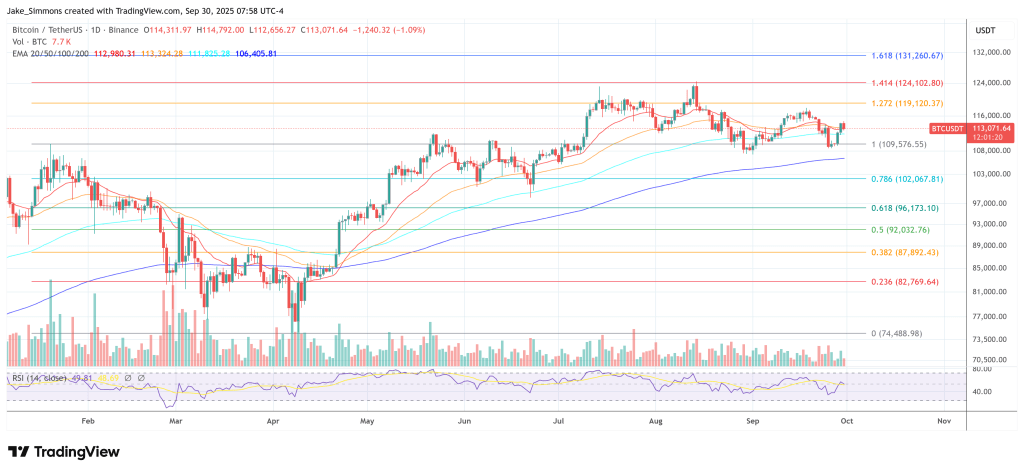Oh, what a delightful farce unfolds once more between Bitcoin Core and Bitcoin Knots, grappling again over “arbitrary data” and policy defaults! This cyclical spectacle is tripping and tumbling across X, yet the bones of this quarrel are aged, much older than many dare to remember. As Bitcoin developer Peter Todd so elegantly penned on a Sunday past, “A good read indeed. tl;dr: everything about Core versus Knots has been debated already, echoingly, over 15 years ago!”
The 2010 Dispute Over Bitcoin’s Spirit That Never Dwindled 🤖🎭
Let us journey back in time, straight to December 2010, when Satoshi Nakamoto, with the enigmatic air of an old sage, bestowed upon the world Bitcoin version 0.3.18. This release, as subtle as a whisper in the night, introduced an “IsStandard()” relay and mining policy, which decided to “only include known transaction types”-a move, defensive or otherwise, that aimed to curtain the sinuous, exotic scripts that threatened to ensnare the network. Satoshi, the master of brevity, succinctly summarized, “IsStandard() check to only include known transaction types in blocks.”
The initial debate over arbitrary data in the blockchain virtually ignited in December 2010, involving none other than Satoshi himself
On the 8th of December 2010, Satoshi unfurled Bitcoin version 0.3.18 with its standardness check, sparing only known transaction types
– BitMEX Research (@BitMEXResearch) September 29, 2025
This check set aflame what was described by many as Bitcoin’s inaugural governance dispute. Within mere hours, forum users were wildly divided, some fearing it would render experiments like BitDNS impotent, others seeing it as a shield for the fledgling network. This thread, now enshrined by the Satoshi Nakamoto Institute, exposes the fault lines ever present, even still in 2025.
On the more permissive side, a certain “da2ce7” contended that fees would harmonize everything, in a manner most rational: “Transaction fees will support the chain’s generation in the future… those desiring to include crafted transactions… shall offer fitting compensation.” Jeff Garzik, however, retorted most sharply, “Such a stance will disadvantage those who use bitcoins in their daily trade and spend, as intended,” for the non-currency elements would merely bid fees upward, crowding out mere payments.
Theymos, advocating for minimal relay restrictions, argued with zeal, “all miners will pursue any and all fee-carrying transactions like hounds on the scent… The restriction on relaying these transactions must be cast aside at the very least.” Garzik, ever the cautious voice, warned-if “data spam inflates TX fees to irksome levels,” those who wish to use Bitcoin as currency may abandon the cause-and if “law-enforcement-objectionable data” enters, even sharper perils loom.
Nicest of all, both Satoshi and Gavin Andresen found themselves in agreement, endorsing a whitelist approach as a pragmatic security default. Yet they left the door ajar for specialized data uses. Gavin likened it to the failures of web security when blacklists take center stage. Satoshi later acquiesced, noting, “When I saw how swiftly new transaction types can materialize, I found agreement with Gavin” and even encouraged “a separate transaction type for timestamp hash-sized arbitrary data.”
If today’s repartee evokes the specter of déjà vu, BitMEX Research is that missing Rosetta stone. Their explorations trace the debate’s timelines-HRHorning’s early protestations against the new standardness rules; Theymos’s firm belief that miners’ motivations would eclipse relay defaults; Garzik’s opposition to “non-currency data” pricing out monetary uses; and collective trepidation regarding what befalls when eternal ledgers entangle with illicit content.
The researchers highlighted that even Theymos enacted a patch client at the time, denying restrictions, thus showcasing how client defaults and miner policies have always danced on the edge of a knife, a contested forever fluid realm.
Two evergreen takeaways linger from the archives of yesteryear: the first, the “policy vs protocol” distinction-what Bitcoin could achieve against what the reference model ought to accept or mine by default-has long served as both a pressure valve for innovation and a wellspring of relentless controversy. Satoshi’s own words from 0.3.18 email lay bare that IsStandard() resided in this foggy realm of incentives and norms, untouched by consensus.
The second, nearly every argument now brandished in the Core-versus-Knots jousts claimed root from this primordial clash: fee-market neutrality battling against application-layer bulge; the right to purchase block space pitched against the eternal social cost of everlasting data; and whether strict defaults defend Bitcoin’s monetary integrity or suffocate its broader uses in timestamping and proofs. The archives display vividly this spectrum, from Theymos’s demand to “dissolve the constraints” to Garzik’s foreboding that generalized data “has a distinct probability of eroding service for digital currency.”
And with that, as I pen this dispatch, BTC finds itself trading at $113,071.

Read More
- BTC PREDICTION. BTC cryptocurrency
- SOL PREDICTION. SOL cryptocurrency
- EUR ARS PREDICTION
- GBP CHF PREDICTION
- USD COP PREDICTION
- USD BGN PREDICTION
- USD JPY PREDICTION
- ETH PREDICTION. ETH cryptocurrency
- ETC PREDICTION. ETC cryptocurrency
- USD INR PREDICTION
2025-10-01 03:16